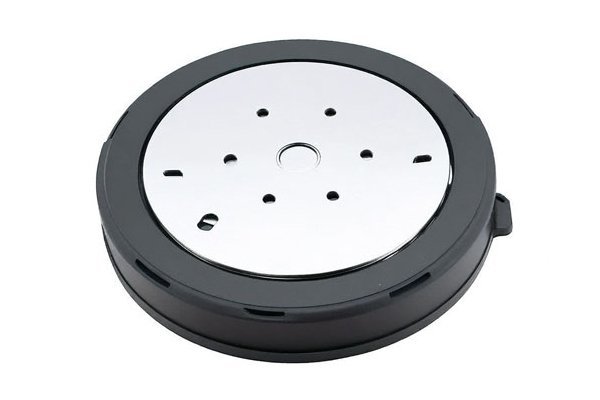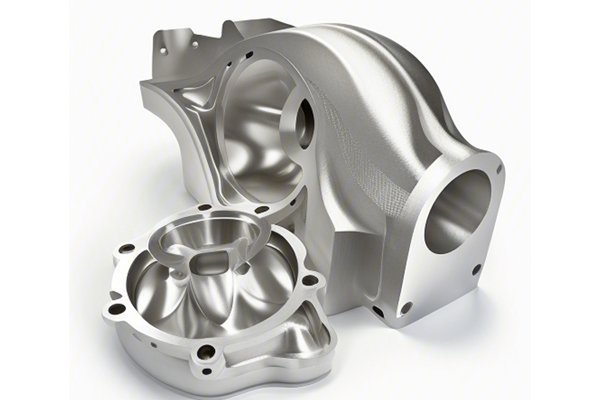Opening:
Did you know that the global plastic machining market is projected to reach over $250 billion by 2026? With the increasing demand for precision-engineered plastic components in industries ranging from automotive to medical, understanding how to evaluate the machinability of different plastics is becoming essential for manufacturers. The right material can play a vital role in determining the success of a CNC machining process. This comprehensive guide will walk you through the methods and considerations required to evaluate the machinability of various plastics effectively.
—
to Plastic Machinability
Machinability refers to how easily a material can be machined to meet desired specifications. When it comes to plastics, machinability assessments can sometimes be more challenging than working with metals due to various factors including material properties, thickness, temperature tolerance, and tooling options. Evaluating machinability is crucial for optimizing manufacturing processes, ensuring product quality, and minimizing production costs.
Categories of Plastics and Their Characteristics
Before diving into the evaluation methods, it’s important to recognize the different types of plastics commonly used in CNC machining:
Factors Affecting Plastic Machinability
To properly evaluate the machinability of various plastics, several key factors must be considered:

Methods for Evaluating Plastics Machinability
Measure the time taken to machine specific geometries in various plastics while maintaining consistent parameters (feed rate, cutting speed). This gives a benchmark for assessing material performance.
Examine the machined surface for issues like burrs, melting, or degradation. Quality assessments help to indicate whether a specific plastic might be suitable for production.
Establish criteria for key parameters such as tool wear, finish quality, dimensional accuracy, and cycle time. This evaluation allows for standardized assessments across various materials.
Subject samples of machined plastics to tensile, impact, and flexural tests post-machining. Comparing these results assists in understanding the effects of machining on material integrity.
Industry Applications of Machinability Evaluations
The implications of evaluating machinability extend far beyond the workshop floor. Consider the following industries:
Evaluating the machinability of different plastics is more than just a technical necessity; it is a strategic component of modern manufacturing that holds the potential to revolutionize product development across various industries. From understanding the material properties to applying tailored machining techniques and performance tests, this comprehensive evaluation process fosters better product outcomes and improved manufacturing efficiency.
As you delve deeper into designing and machining plastic components, remember that thoughtful material selection, diligent evaluation have significant impacts on the final product. In a landscape where innovation reigns supreme, the ability to effectively evaluate and enhance plastic machinability will remain a critical advantage, driving your success in an ever-evolving market.
By grasping these core technologies and understanding their importance, you can better position your business for future growth. Take time to reflect on the usable insights provided in this blog, as they will be instrumental in shaping your approach to CNC machining in the plastic sector.
—






